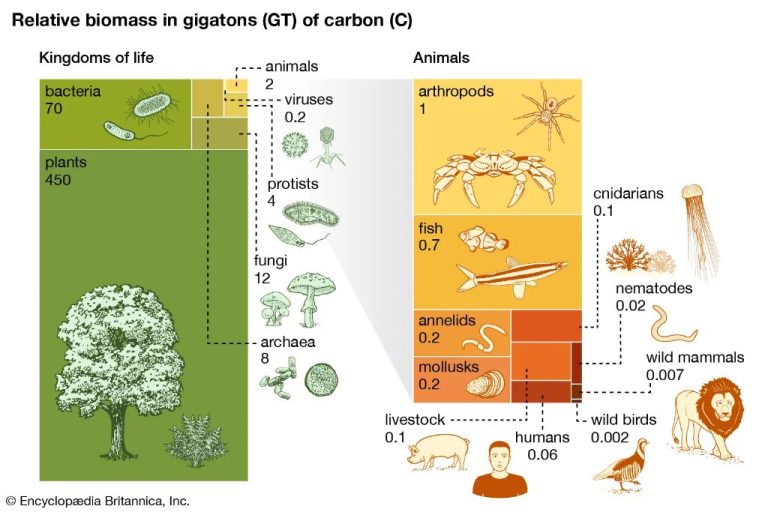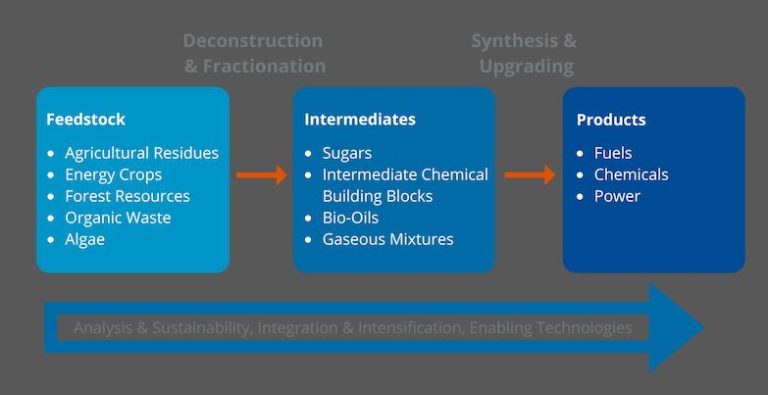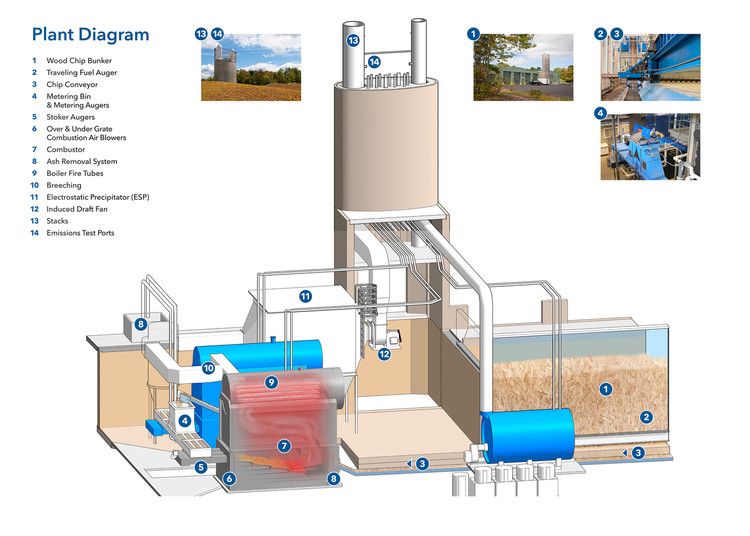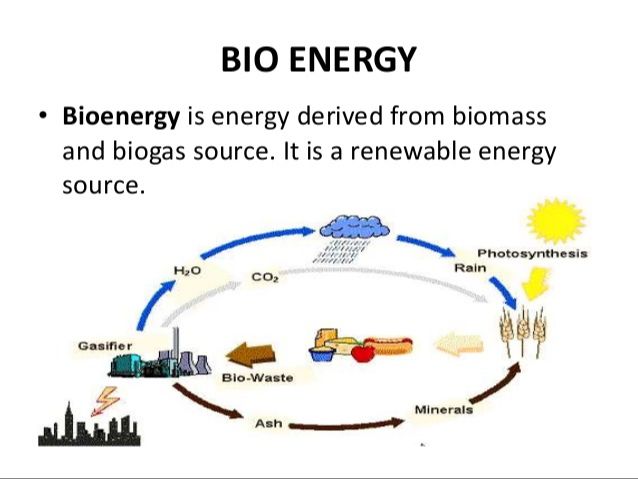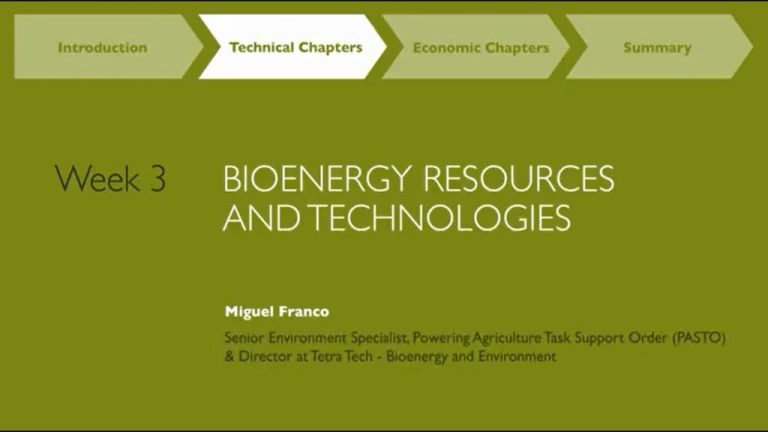What Is The Value Of The Bioenergy Market?
Bioenergy refers to energy derived from biological sources, including plants, agricultural waste, forestry residue, and organic municipal waste. Biofuels are liquid fuels produced from biomass feedstocks through processes such as fermentation and transesterification. The most common biofuels are ethanol and biodiesel. [1]
The global bioenergy market was valued at around $271 billion in 2021 and is projected to reach $297 billion by 2024. [2] This market outlook focuses on the current size and future growth projections of the global bioenergy market. It examines key applications, economic and environmental benefits, major companies, challenges, and government policies shaping the bioenergy industry. The purpose of this article is to provide a comprehensive overview of the value of bioenergy as a renewable energy source.
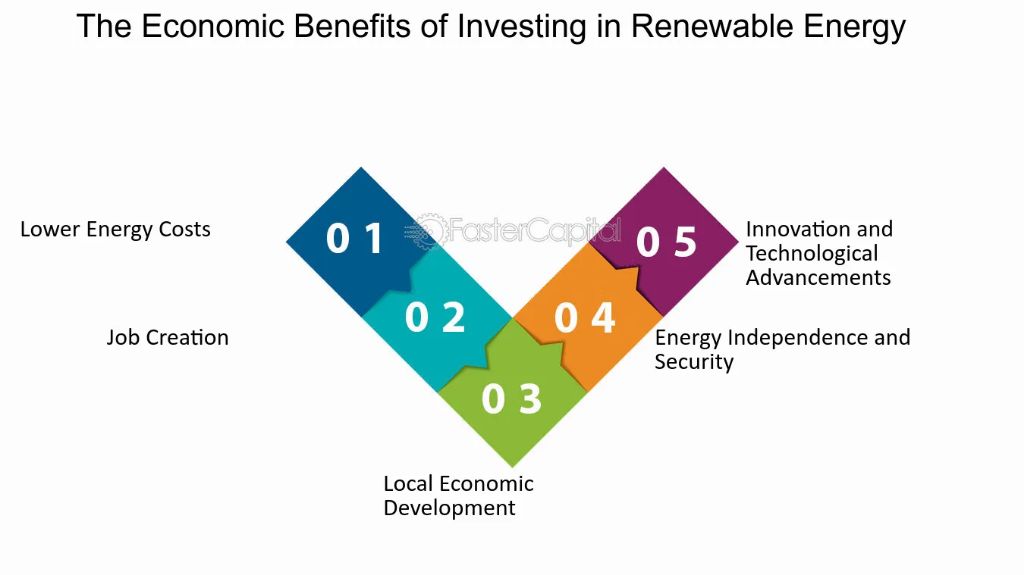
According to Vantage Market Research, the bioenergy market size was valued at USD 91.8 in 2021 and is projected to reach USD 157.9 billion by 2028. Key drivers include increasing demand for renewable energy and a policy push to transition to sustainable energy.
Current Market Size
The global bioenergy market was valued at $91.8 billion in 2021, and is expected to grow to $157.9 billion by 2028, representing a CAGR of 7.3% during the forecast period. Europe and North America form the largest regional bioenergy markets, accounting for approximately 77.4% of global demand in 2021. This compares with $48 billion for the global solar market and $197 billion for the natural gas market in 2021. With the growth of the bioenergy industry, its market share within the overall renewable energy sector is projected to increase over time.
The bioenergy market remains a fraction of the size of fossil fuel markets, but has significant growth potential as countries work to transition energy systems and reduce carbon emissions. Key demand drivers include policy support, technology advances that improve efficiency and costs, and growing private investment. The growth of bioenergy brings economic benefits, reduces reliance on imported fuels, and provides renewable options across power generation, heating, and transportation applications.
Market Growth Projections
The bioenergy market is projected to experience significant growth over the next decade. According to Straits Research, the global bioenergy market is expected to reach $229 billion by 2030, growing at a CAGR of 7.7% during the forecast period. Mordor Intelligence predicts the market will reach 166.14 gigawatts in 2024 and grow at a CAGR of 5.82% to reach 220.11 gigawatts by 2029. Statista forecasts the worldwide bioenergy market will grow by 3.56% between 2024-2028, resulting in a market volume of 0.69 trillion kilowatt-hours in 2028.
The growth is driven by rising energy consumption, favorable government policies supporting renewable energy adoption, and the Paris Climate Agreement goals for reducing carbon emissions. Key factors fueling the demand for bioenergy include its sustainability benefits, cost-competitiveness compared to fossil fuels, and innovations in bioenergy production technologies such as pyrolysis, gasification, and anaerobic digestion. The transportation, power generation, and heating sectors are expected to drive market growth by adopting biofuels, biopower, and biomass heating on a larger scale.
Key Applications
Bioenergy has several major applications across industries. Some key uses include:
Transportation biofuels: Biofuels like ethanol and biodiesel are increasingly used to power vehicles. Ethanol production reached over 15 billion gallons in the US in 2018.[1] Biodiesel production reached over 1.5 billion gallons.[2] Biofuels help reduce dependence on fossil fuels.
Heat and electricity: Biomass can be burned to generate heat and steam to produce electricity. In 2018, about 5% of total U.S. energy consumption came from biomass.[3] The pulp and paper industry commonly uses biomass for energy needs.
Biogas: Organic waste from farms, landfills, and wastewater can produce biogas through anaerobic digestion. Biogas is over 50% methane and can be used similarly to natural gas. The US produced over 2 trillion cubic feet of biogas in 2017.[4]
Economic Benefits
The bioenergy market provides significant economic benefits, including job creation, contributions to GDP growth, and progress toward energy independence. According to a 2018 study published in Biomass and Bioenergy, growth in the bioeconomy could generate over 1 million additional jobs in the European Union by 2030 (van Meijl, 2018). Bioenergy and related bioproducts have the potential to contribute up to 2.5% of EU GDP by 2030. Increased use of domestically produced bioenergy can also reduce dependence on imported fossil fuels. The United States has set a goal to derive 30% of transportation fuels from biofuels by 2030, which would reduce petroleum imports by USD 70 billion per year and strengthen energy security (Valin, 2018). Realizing the full economic potential of bioenergy will require continued investment and supportive policies.
Environmental Benefits of Bioenergy
Bioenergy provides significant environmental benefits compared to fossil fuels. By using agricultural and forestry residues as well as dedicated energy crops as feedstocks, bioenergy can reduce greenhouse gas emissions and improve soil health and biodiversity.
Bioenergy emits fewer greenhouse gases because the carbon released when biomass is combusted is recycled back into plants as they regrow, resulting in no net release of CO2 into the atmosphere. According to the U.S. Department of Energy, corn-based ethanol reduces greenhouse gas emissions by 43% compared to gasoline (1). Cellulosic ethanol made from crop residues can reduce emissions by up to 86% compared to gasoline.
Sustainably harvesting agricultural residues for bioenergy production can also improve soil health by returning nutrients and organic matter to the soil. Energy crops grown using best management practices increase biodiversity and improve wildlife habitat on marginal lands. Perennial grasses grown for bioenergy have extensive root systems that prevent soil erosion and sequester carbon in the soil (2).
(1) https://www.energy.gov/eere/bioenergy/bioenergizeme-infographic-challenge-environmental-benefits-bioenergy-corn-can-save
(2) https://visuna.com/the-pivotal-role-of-bioenergy-in-shaping-a-sustainable-future/
Key Companies
The leading producers in the bioenergy market include companies like BTG, Abengoa Bioenergy, DuPont Industrial Biosciences, POET LLC, Archer Daniels Midland Company, and BP Biofuels (Mordor Intelligence, 2024). These established companies have significant biofuel production capabilities and account for a large share of the current market.
Some key innovators that are driving advancements in bioenergy technology include LanzaTech, Velocys, Gevo Inc., and Aemetis. LanzaTech specializes in gas fermentation technology to produce low carbon fuels and chemicals. Velocys has developed small-scale modular systems for converting biomass to fuels. Gevo utilizes yeast fermentation and distillation technology to create isobutanol from renewable sources. Aemetis has patented technology to convert waste gases into renewable natural gas and renewable chemicals (F6S, 2024).
Challenges
The bioenergy market faces some key challenges that have limited its growth and adoption. One major challenge is the high costs associated with bioenergy production compared to fossil fuels. Facilities require major upfront capital investments and operating costs can be high as well (https://agriculture.auburn.edu/page/21/?eventDisplay=past). Scaling up production of bioenergy can be difficult due to the distributed nature of biomass sources. Transporting bulky biomass materials from farms to production facilities requires significant logistical coordination and infrastructure.
There is also competition for land use between bioenergy feedstocks and food crops. With a growing global population, some argue that fertile land should be prioritized for food production over energy crops. However, studies show there is sufficient non-food cropland available globally where energy crops can be grown sustainably without impacting food security (https://agriculture.auburn.edu/blog/departments/aers/page/2/?et_blog).
Government Policy
Governments around the world have implemented various policies and incentives to promote the development of bioenergy. Some key policy areas include: [1]
Subsidies and Incentives: Many governments provide subsidies, grants, and tax incentives for bioenergy production and use. These help offset capital costs and make bioenergy more cost-competitive compared to fossil fuels. Common policy tools include production subsidies, investment grants, tax credits, and loan guarantees. [2]
Renewable Fuel Standards: Some countries have enacted renewable fuel standards that mandate a certain percentage of transportation fuel come from renewable sources like biofuels. These create guaranteed demand and help stimulate biofuel production and use. [3]
Carbon Pricing: Putting a price on carbon emissions through carbon taxes or cap-and-trade systems also helps make bioenergy more competitive compared to fossil fuels. This provides an additional economic incentive for investment and use of low-carbon bioenergy.
Future Outlook
The future of the bioenergy market looks bright as global clean energy demand continues to rise. According to one report, the global bioenergy market is projected to reach $206 billion by 2030, growing at a CAGR of 8% from 2021 to 2030.[1] Key factors driving this growth include increasing investments in renewable energy, favorable government policies, and innovations in bioenergy technologies. Bioenergy is expected to play a major role in the clean energy transition away from fossil fuels.
Many countries have set ambitious renewable energy targets, with bioenergy making up a significant portion of planned capacity additions. The EU aims to increase the share of renewable energy to 32% by 2030, with bioenergy providing around half of this target.[2] In the US, biomass power capacity is projected to double from 2021 to 2030 as part of efforts to decarbonize the power sector.
Advancements in bioenergy technologies, such as biomass gasification, pyrolysis, and biorefineries, are unlocking the potential of new feedstocks and enabling more efficient conversion processes. With continued innovation and economies of scale, costs are expected to decline further, improving the competitiveness of bioenergy. Overall, analysts forecast significant growth opportunities for bioenergy producers and technology providers as the transition to cleaner energy systems accelerates globally.

